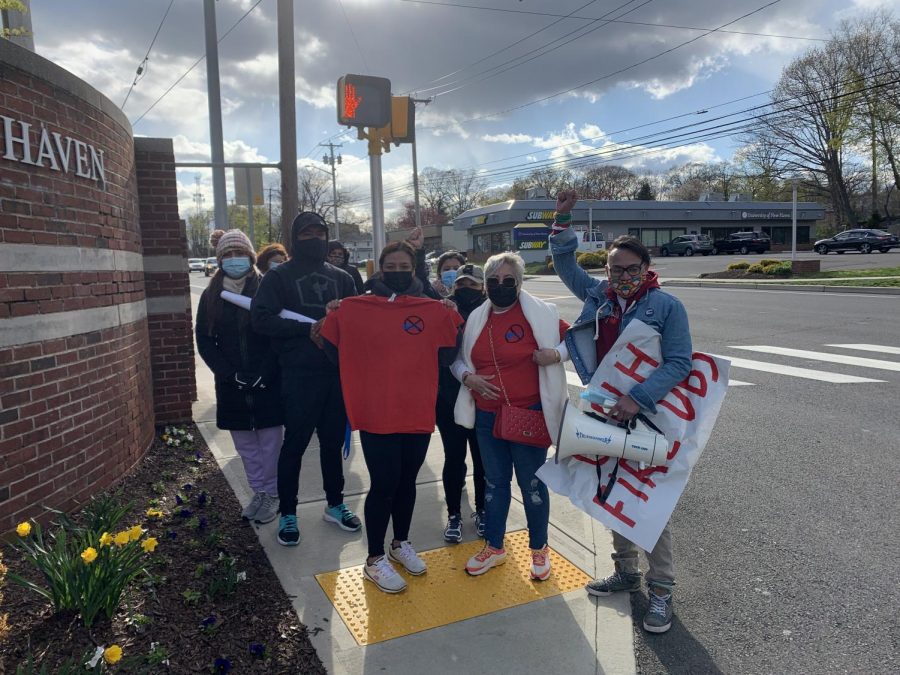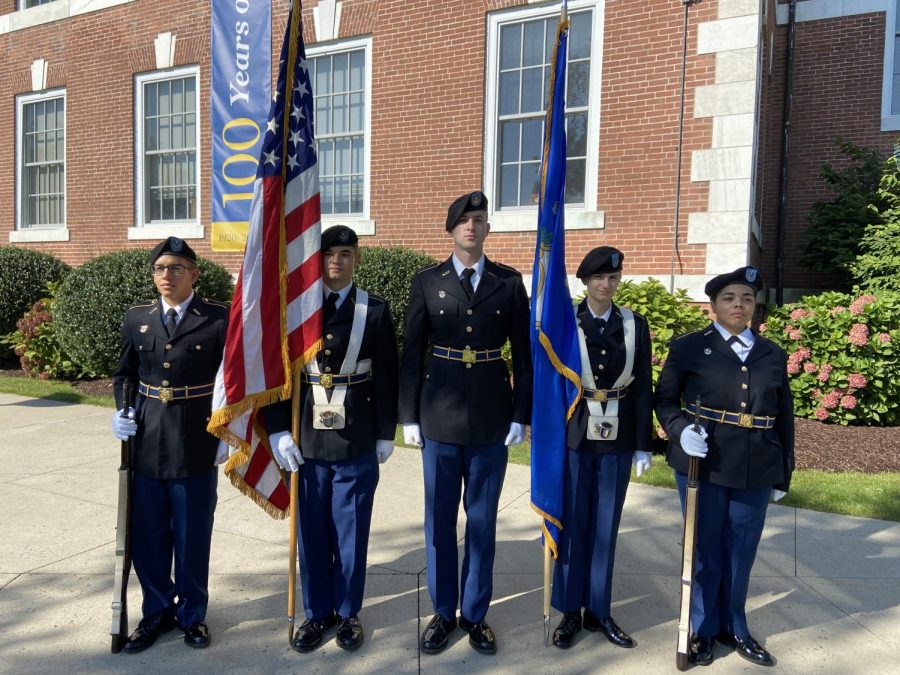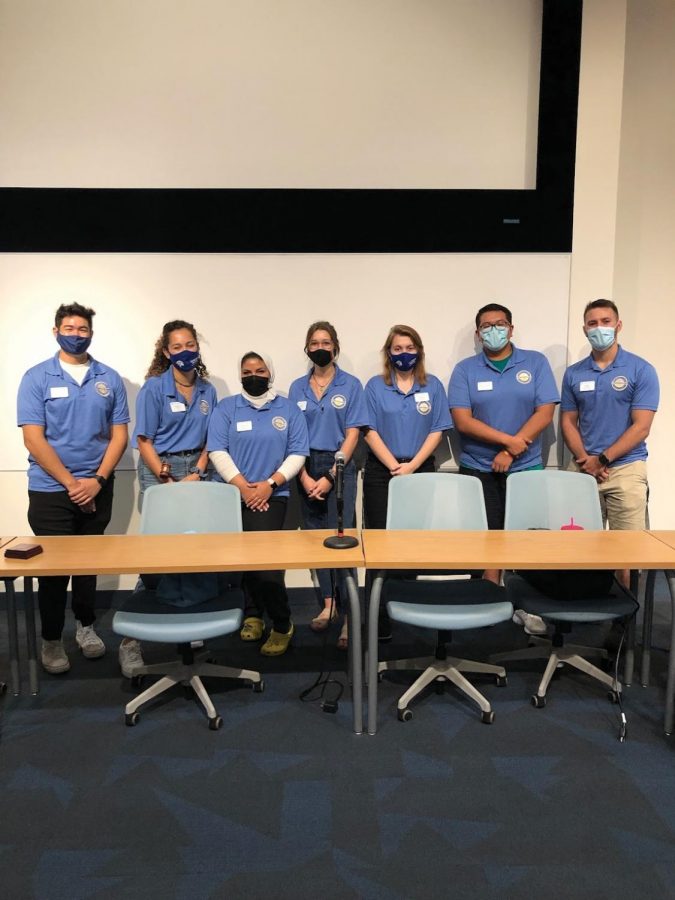The University of New Haven’s Theater Program presented its fall 2010 production with the production of Wild and Wilder, consisting of two short plays written by Thornton Wilder: The Long Christmas Dinner and The Pullman Car Hiawatha. However, these plays were unlike anything else that UNH has performed in the past.
“These are two plays written 80 years ago,” explained Bob Boles, director of the theater program and professor at UNH. “They were experimental then and they feel experimental now. They are very abstract and very different from anything else we’ve done here before.”
The Long Christmas Dinner takes place over 90 years and portrays a series of Christmas dinners over several generations in a family’s home. The audience watched as time rapidly progressed and became entangled in the Bayard family’s past, present, and future. The plays consisted of both real and invisible props and people, with actors and actresses progressively getting slower and walking on and off stage.
Initially, it was difficult to keep track of time, but the theater program did an excellent job in effectively revealing the concept of the play. Two large trellises were arranged on stage; the trellis on the right was white and adorned with pink flowers, seeming cheerful and blooming with life. The trellis on the left was black and intertwined with red flowers, appearing dark and gloomy. It became clear that the white trellis was meant to represent birth, as a nurse carried the family’s children from it as they were born, and the black trellis represented death, as all of characters eventually slowly stumbled toward it.
Overall, the play was very well casted, bringing compelling sentiment as well as humor. It made the audience think about how fast things change and how time can go. But it also showed how slowly time can drag on as well and how things stay the same.
The second performance of The Pullman Car Hiawatha depicted a Pullman car on a train traveling from New York City to Chicago. As the play began, the stage manager established the setting with the help of images projected onto a screen, explaining what a Pullman car is and where the passengers are. Lines of chalk drawn onto the floor of the stage created the Pullman car, in which chairs were set up to represent boundaries and beds.
The stage manager introduced each of the complex characters, all with their own story and hardships. As the play progressed, the stage manager introduced not only the passengers, but also the fields, towns, planets, and times while the train passes by and through them. Some members of the audience were shocked when the person sitting next to them stood up and began reciting a monologue, revealing their part within the cast. The play was comical, but also showed how people can take advantage of life and its opportunities, as the characters complained and yelled at each other.
“My character of the insane woman is actually the only character who really understands the fleetingness of life… holding onto memories, the joys of life, and how it all goes so fast,” told Samantha Prusski, actress within the play and senior at UNH.
When a passenger dies and is forced to accept her death, all members of the cast, including those in the audience, joined on stage to show the chaos of the world, all ending in a harmonic note of singing. The play was beautifully done in showing the spectrum of life through minimal props and animated characters.
With the success that Wild and Wilder brought, be sure to watch out for UNH’s production of Rent premiering in spring 2011.










